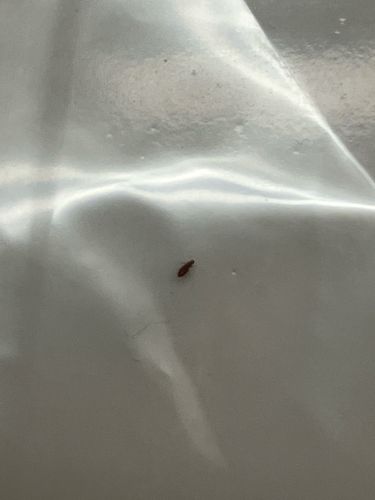Bed Bug
Scientific Name: Cimex lectularius
Order & Family: Hemiptera (true bugs) / Cimicidae
Size: 4-5 mm (adults), nymphs are smaller

Natural Habitat
Primarily human dwellings, especially beds, mattresses, bed frames, and furniture, but can also be found in cracks and crevices in walls, floors, and electrical outlets.
Diet & Feeding
Exclusively feed on the blood of warm-blooded animals, primarily humans. They are nocturnal feeders.
Behavior Patterns
Nocturnal, typically feeding at night when hosts are asleep. They are hitchhikers, easily transported in luggage, clothing, and furniture. Females lay eggs in secluded spots and can lay hundreds of eggs over their lifespan.
Risks & Benefits
Potential risks include itchy bites, allergic reactions, secondary skin infections from scratching, and psychological distress. They are not known to transmit diseases to humans. There are no known benefits.
Identified on: 9/17/2025